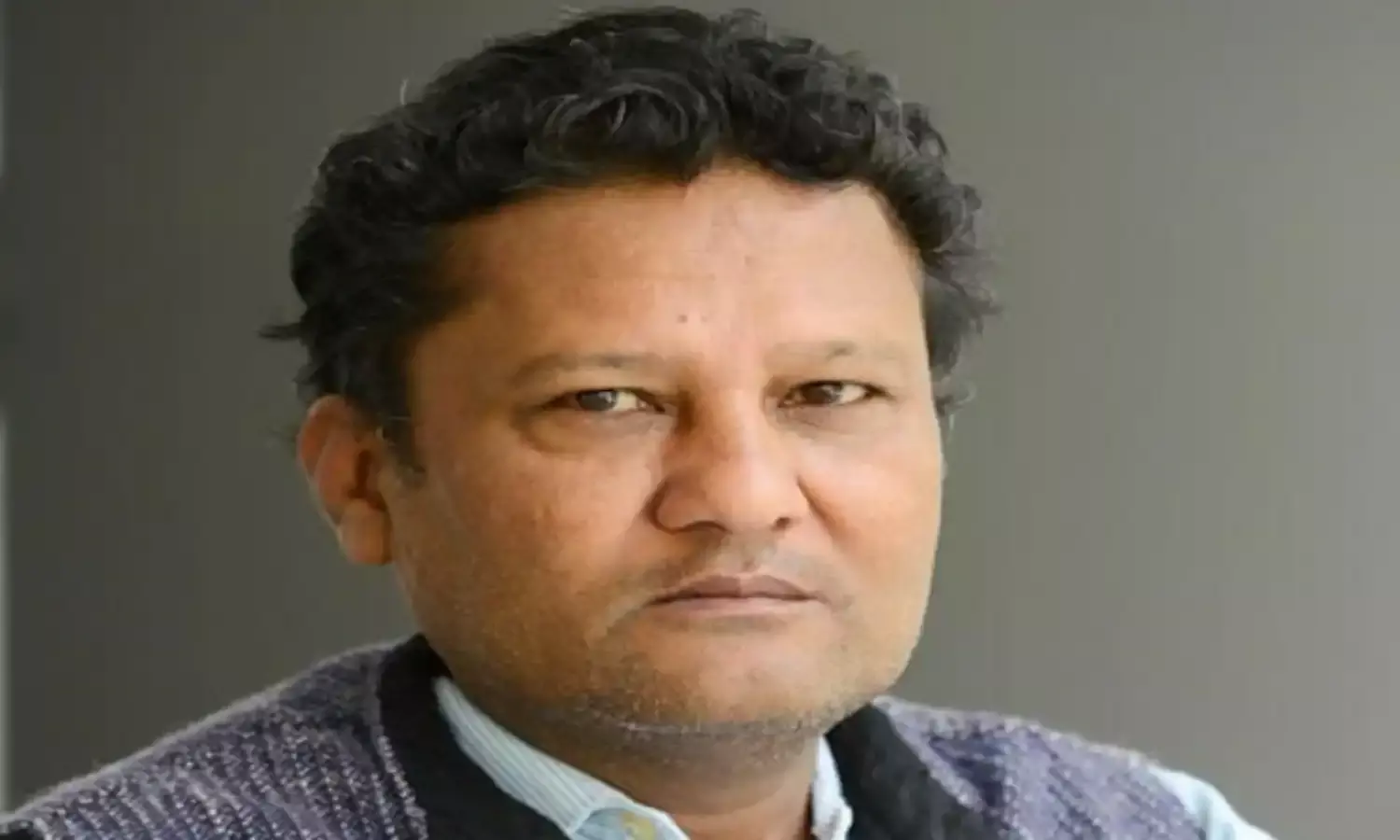The Story of Hashimpura from Praveen Jain, Photographer Who Captured the Army with the PAC on Camera
'I thought they would kill me too'
NEW DELHI: Praveen Jain was always a dynamic photographer. Young and enthusiastic, he was the classical representative of news photographers in the days when print media was at its zenith. Rare courage typified the news hounds of the 1980s and Jain was no exception. This is the story of how he came to photograph the events leading up to the Hashimpura massacre, at grave risk to his life both during and after the incidents he recorded, without knowing how big the story would become at the time.
Praveen Jain was working with the weekly The Sunday Mail when he went to Meerut to cover a communal clash, in a decade when violence was the norm and not really the exception. The 1980s was a decade of violence – Kashmir, Punjab, Delhi, Assam, UP, Bihar – and so Jain left for Meerut to cover what had become routine. Except that unlike the newshounds of the time the coverage was not routine for him, and the excitement and enthusiasm remained unabated.
As was usual for news persons then, Praveen was standing around the police post with one ear open for wireless messages. He heard the word Hashimpura, and that something had happened there. He rushed to Hashimpura, expecting it to be more of the same, when he saw Army soldiers, PAC men and the local Uttar Pradesh police barging into Muslim homes and herding out young Muslims. Beating them with rifle butts and abusing them, even as the women screamed and cried and pleaded to the soldiers to let their husbands and sons go.
No one was listening of course, Jain told The Citizen. And he started taking photographs. He was caught, slapped and told to leave. But this too was normal for reporters and photographers at the time so he would retreat and come back to take more photographs. There were some local photographers at the spot, he remembers, but they were too scared and intimidated by the soldiers and the police. “I should have been afraid but then I had been assaulted like this before, so I hid behind bushes and continued taking the photographs. It was terrible the way they were bringing the men out and focusing specially on the youth. I asked the police initially what they were doing, and they said just searching the houses. But they were keeping the men at rifle point,” Jain said.
He was caught and warned a couple of times. Hit again. He went behind a house and saw the soldier pointing his rifle at a young boy who was so terrified that he fell into namaaz poisition and started offering prayers. He has a photograph of this as well. He was taking photographs for about three hours and is a witness to the manner in which the Muslims were being hounded and rounded up at gunpoint.
Then, Jain said, he saw the army hand over the men to the PAC. “I thought now things would be better and the police would let them go,” he said. He returned to Delhi and one of his many photographs was carried in his publication. Afterwards he was contacted by a major Indian daily and a foreign publication asking for the photographs. “It was then that we got to know what had happened at Hashimpura, that the men who had been rounded up had been taken and shot dead and their bodies thrown into the canal. That 42 had been killed and eight survived to tell the story,” Praveen Jain said, admitting that he realised the danger he was in around that time. As he alone had the photographic evidence of what had happened before the massacre, and the involvement of the Indian Army as well at the time.
Jain, now with the Indian Express, decided to voluntarily offer himself for interrogation to the investigating authorities. The CBI was in charge, he remembers. Interestingly Rajiv Gandhi was prime minister at the time and the Congress with Veer Bahadur Singh as chief minister ruled in Uttar Pradesh as well. Jain said that he approached the Tees Hazari courts where the case was being heard, as a witness. That was when the nightmare began for him. He was asked for the negatives by investigators, but had the presence of mind earlier to put these in safe custody elsewhere. “I think they were trying to hush it up. I don't know as no one wrote the story, no one carried any photographs and it was almost as if Hashimpura had never happened,” Jain recalls.
He says he kept telling them he was not sure where the negatives were, as he had been receiving threats that they would do to him what they had done to the 42 others. “They could have, you know, so I just said I don’t have the negatives, as they were powerful and in control, and only towards the end when they all relaxed thinking I did not have the evidence, I produced it in court,” he says. He remembers they were completely shocked. Incidentally, in between he was approached by some men who tried to bribe him into silence, and when he refused to take the money at the Press Club of India, threatened him. “I started shouting and other journalists immediately surrounded them and pushed them out,” Jain said.
16 Provincial Armed Constabulary men have now been sentenced to life, after 31 years. But as The Citizen earlier asked: Who Gave the Orders for Hashimpura?





